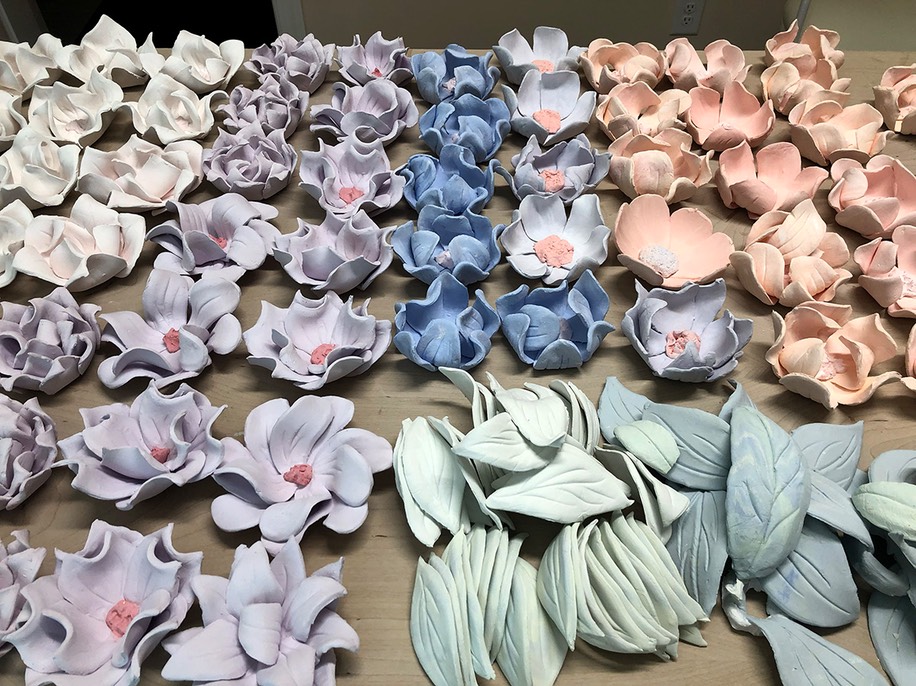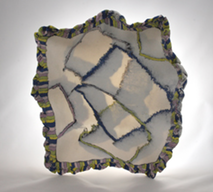CLICK HERE TO SEE MY NEWEST - 2023 - COLORED PAPER PORCELAIN ARTWORK.

PAPER CLAY VESSELS
When you make your own paper clay it is simple to control the results. If you want your textures or carving to show up well, use less fiber. If you are building big and are concerned about weight, use more fiber.
If you want your textures to show well, mix in less paper pulp. Perhaps only a half a roll of toilet paper per 25 lb. package of clay.

Paper clay makes drying the pieces an overnight process.


The body with less paper was strong enough to survive casual handling of the greenware. I was also able to repair cracks in fired pieces and refire them.

Carving into the clay is much easier with a lighter paper load.
I would recommend only 1/2 roll of paper per bag of clay if you want to carve or texturize the finished pieces.

The finished work was just as translucent as one done without paper fibers.
COLORED PAPER PORCELAIN
I added Mason colors as usual along with a minimum amount of paper pulp.

Floating Blocks is the first pattern I made with paper in Southern Ice porcelain.
I built the cane loaves exactly as I do with ordinary clay.This pattern is simply large blocks of color with straight black lines. I let it rest overnight, then created pieces from the loaf.

The paper porcelain cane was trickier to slice since the wire caught and dragged paper bits across the surface. The cutter had to be cleaned after every slice. The drag marks were superficial and could be smoothed with a rolling pin.

The patterns moved with the rolling motion and as a result, the two surfaces did not match up.
The lines did not stay crisp but smoothed out in soft shadows and hazy color. Even after drying and cleaning the patterns kept this dream-like appearance.
The pieces fired much the same as regular Southern Ice. They are still translucent, you can see the inside lines from the outside.
For someone who is detail oriented, it took a while to appreciate the randomness of the results, but I grew to really like the surprises and decided to design the next patterns specifically to exploit the characteristics of this clay.
While I was examining these bowls in the sunlight, I noticed there was an inner pattern totally separate from the surface patterns. The inside moves with the direction of the rolling pin regardless of the outside appearance.

There are three layers, connected, but moving about at their pleasure.


This pattern is called “Bangled”
These lines were even softer and since they were on a white background It was easier tosee the shadows. It think it was the first sweep of the rolling pin.


The reason I believe this is that I always roll each piece several times in all four directions yet only one really shows up. So, the first horizontal sweep shows as well as the first vertical one.